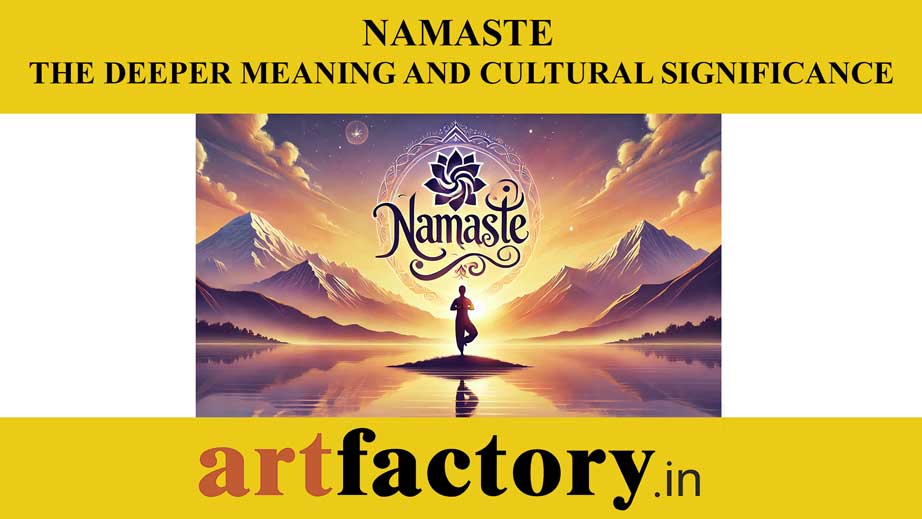
Namaste: The Deeper Meaning and Cultural Significance
Namaste is more than just a greeting; it is a profound expression of respect, gratitude, and spiritual connection. Rooted in ancient Indian traditions, the word "namaste" carries deep significance, symbolizing unity and harmony. Whether you hear "namaste" in a yoga class, during meditation, or as a simple hello in Indian culture, its essence remains the same—acknowledging the divine within each of us.
What Does Namaste Mean?
The word "namaste" originates from Sanskrit, where "namah" means bow and "te" means you. Combined, it translates to "I bow to you." This greeting is often accompanied by placing the palms together in the Anjali Mudra (prayer position) and slightly bowing the head, reinforcing humility and respect.
Namaste in Yoga and Spiritual Practices
In yoga and meditation, "namaste" is more than a casual greeting; it is a spiritual acknowledgment of inner peace and higher consciousness. Yoga practitioners use "namaste" to conclude a session, symbolizing gratitude and the interconnectedness of mind, body, and spirit. This powerful word aligns with yogic philosophy, promoting mindfulness and respect for oneself and others.
Cultural and Global Influence of Namaste
The universal appeal of "namaste" extends beyond India. With the global rise of yoga and mindfulness practices, "namaste" has become synonymous with peace, well-being, and positive energy. From wellness retreats to corporate mindfulness programs, this simple yet meaningful greeting is embraced worldwide.
The Power of Namaste in Everyday Life
Using "namaste" in daily interactions fosters kindness and mutual respect. Whether greeting friends, practicing gratitude, or engaging in spiritual rituals, saying "namaste" encourages mindfulness and appreciation for the present moment.
Why Namaste Matters in a Fast-Paced World
Promotes Inner Peace: Saying "namaste" reminds us to be present and mindful.
Encourages Respect: Acknowledging others with "namaste" fosters deeper human connections.
Spreads Positivity: The energy behind "namaste" creates an atmosphere of warmth and harmony.
Embracing Namaste in Modern Times
As people seek balance and inner harmony, "namaste" remains a powerful reminder of peace and respect. Whether spoken in a yoga studio, meditation retreat, or as part of daily greetings, this timeless word continues to inspire mindfulness and cultural appreciation.
Final Thoughts
Namaste is not just a word; it is a way of life. By embracing its meaning and practicing it with sincerity, we cultivate a deeper sense of connection, gratitude, and peace. So the next time you say "namaste," remember the depth of its significance and the positive energy it brings into the world.
Namaste! If you want to know about The Power of Om Mantra Chanting: Elevate Your Mind, Body, and Space click here
Q: Is "namaste" a religious greeting?
A: While "namaste" has spiritual roots in Hinduism and yogic traditions, it is widely used as a secular greeting to express respect and goodwill.
Q: Can anyone use "namaste"?
A: Yes! "Namaste" is a universal greeting that promotes kindness and respect. It is embraced globally, especially in wellness and mindfulness communities.
Q: Why do people bow when saying "namaste"?
A: The slight bow while saying "namaste" symbolizes humility and reverence, acknowledging the divine presence within each person.
Q: How is "namaste" different from a handshake?
A: Unlike a handshake, "namaste" does not require physical contact, making it a hygienic and culturally rich way to greet others with respect and warmth.
Q: Is "namaste" only used in India?
A: No, "namaste" is used worldwide, especially in yoga, meditation, and spiritual practices, as well as in everyday greetings.

Comments : (0)